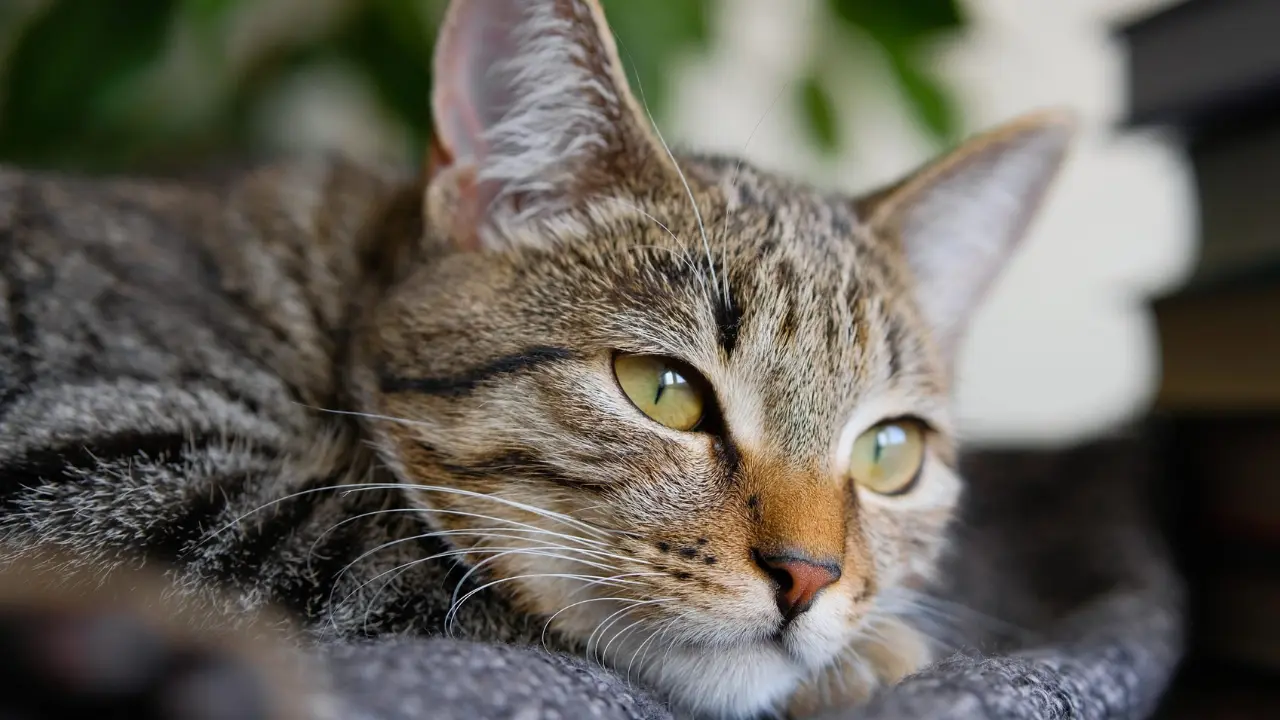Cats are known for their expressive vocalizations, from meowing to yowling to growling. They can communicate their emotions, needs, and desires with their owners and other animals. But can cats also cry real tears? And if so, what does it mean when your cat is crying? In this article, we will discuss Crying Cat: Why Your Feline Friend May Be Shedding Tears and the truth about cat tears.
The Truth about Cat Tears
Contrary to popular belief, cats do not cry emotional tears as humans do. Instead, if you see your cat with watery eyes, it is more likely that they have an eye irritation, infection, allergy or disease. Some of the possible causes of cat tears are:
- Foreign matter in the eye
- Eye scratch or injury
- Clogged tear ducts
- Conjunctivitis (pink eye)
- Feline herpes virus
- Feline calicivirus
- Feline chlamydia
Therefore, if your cat has tears in their eyes, you should check their eyes for any signs of redness, swelling, discharge, or injury. Additionally, you should also monitor their behavior and appetite for any changes. If the tears persist or worsen, however, you should take your cat to the vet for a proper diagnosis and treatment.
Why Cats Meow
While cats do not cry emotional tears, they do express their feelings through vocalizations. Cats meow for various reasons, such as:
- Greeting people or other animals
- Asking for food or water
- Requesting attention or affection
- Expressing pain or discomfort
- Showing frustration or boredom
- Seeking help or escape
- Marking their territory or warning intruders
The tone, pitch, and frequency of your cat’s meows can indicate their mood and intention. For example, a high-pitched meow may signal excitement or happiness, while a low-pitched meow may indicate anger or annoyance. A long and drawn-out meow may mean your cat is lonely or bored, while a short and sharp meow may mean your cat is startled or scared.
How to Help a Crying Cat
If your cat is meowing excessively or unusually, it may be a sign that they are unhappy, stressed, or in need of something. Here are some tips on how to help a crying cat:
- First, make sure your cat has enough food, water, litter, and toys.
- Second, provide your cat with a comfortable and safe place to sleep and rest.
- Third, spend quality time with your cat every day, playing, grooming, and cuddling with them.
- Fourth, avoid any sudden changes in your cat’s environment or routine that may cause them anxiety.
- Fifth, introduce new people, pets or objects gradually and positively to your cat.
- Finally, consult your vet if your cat shows any signs of illness or injury.
Conclusion
Cats are complex and fascinating creatures that can communicate with us in many ways. While they do not cry emotional tears like humans do, they can still show their emotions through vocalizations and body language. By understanding the reasons behind your cat’s tears and meows, you can better care for their physical and emotional well-being.

